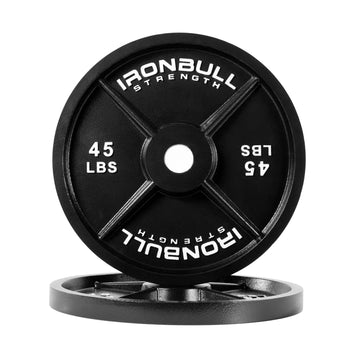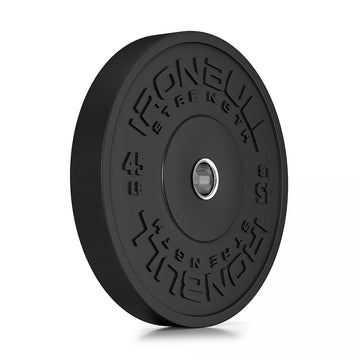Weight dishes are definitely the fundamental foundations of training for strength. Whether or not you're a seasoned lifter or just stepping in to the gym the first time, understanding the intricacies of weight plates is vital for making the most of your workouts. From composition to variations and use, here's everything you should find out about weighted plates.
Formula:
Excess weight plates are usually created from cast iron, rubberized, or a mixture of equally. Cast iron plates are resilient and cost-effective, causing them to be a well known option among weightlifters. They generally feature a baked enamel or hammertone finish in order to avoid corrosion and deterioration. Rubberized-covered plates offer additional safety to health and fitness center floors and reduce noise when dropped, making them ideal for commercial fitness gyms and house setups as well.

Kinds of Body weight Dishes:
Normal Dishes: These plates have a one-in . diameter middle golf hole and are made to fit onto common barbells. They are commonly located in residence health clubs and are compatible with beginners and informal lifters.
Olympic Plates: Olympic dishes include a two-inch diameter middle golf hole and therefore are suitable for Olympic-scaled barbells. These are common in the majority of professional gyms and they are found in professional weightlifting competitions. Olympic dishes come in a range of dimensions, ranging from 2.5 pounds to 45 lbs or higher.
Fender Plates: Fender dishes are made from silicone and are made to be decreased from overhead with no damage to the dishes or the ground. They can be frequently used in Olympic weightlifting and CrossFit workouts, where by raises like the snatch and neat and jerk have to have the lifter to drop the barbell.
Excess weight Plate Variants:
Fractional Dishes: Fractional plates are more compact weight amounts, usually starting from .25 pounds to 2.5 weight. They are utilised to create incremental improves in excess weight, which happens to be good for intensifying excess and breaking up through plateaus.
Hold Plates: Hold dishes feature manages on the sides, making them simpler to pick up and hold. They may be particularly a good choice for workout routines including farmer's hikes and expense brings.
Alter Plates: Change dishes are designed for swift adjustments in weight during exercises. They are generally shade-coded for convenient detection are available in an array of sizes.
Utilization and Protection Suggestions:
Suitable Develop: Always sustain correct develop when strength training to prevent damage and increase performance.
Bodyweight Distribution: Guarantee that excess weight plates are evenly dispersed around the barbell to prevent difference and potential crashes.
Progressive Excess: Steadily improve the body weight picked up with time to continuously challenge your muscles and advertise development.
Platter Safe-keeping: Retailer body weight dishes in a selected place to avoid stumbling dangers and keep a organised exercise place.

In summary, body weight dishes are crucial tools for resistance training, offering flexibility, sturdiness, and modification possibilities. By understanding the differing types, variants, and basic safety recommendations, you are able to funnel the entire potential of weight plates to obtain your fitness goals. Whether or not you're aiming to develop muscles, improve durability, or enhance general health, body weight dishes are your steadfast buddies in the journey to some more robust, fitter you.
